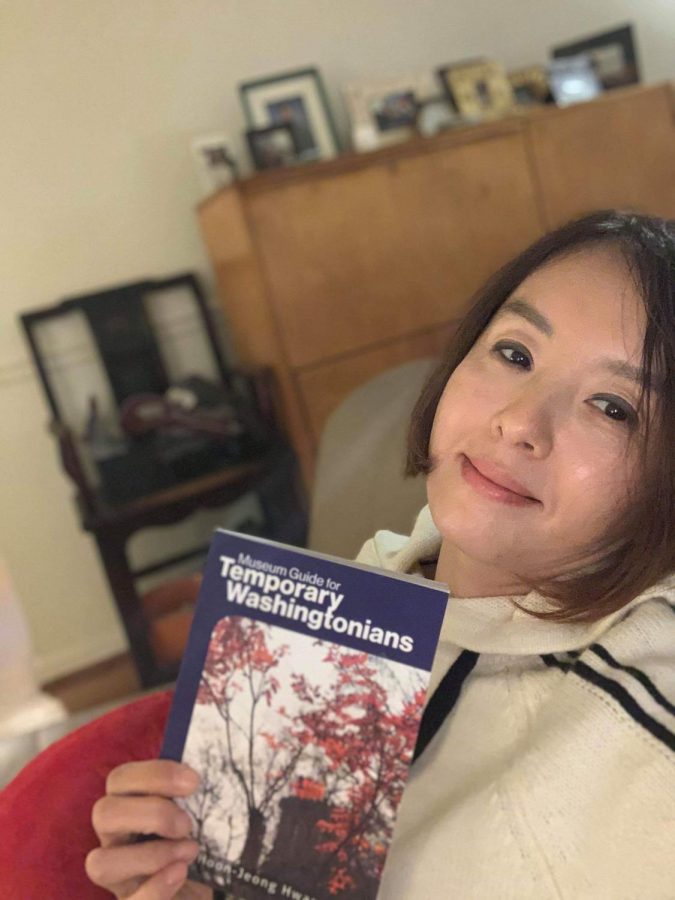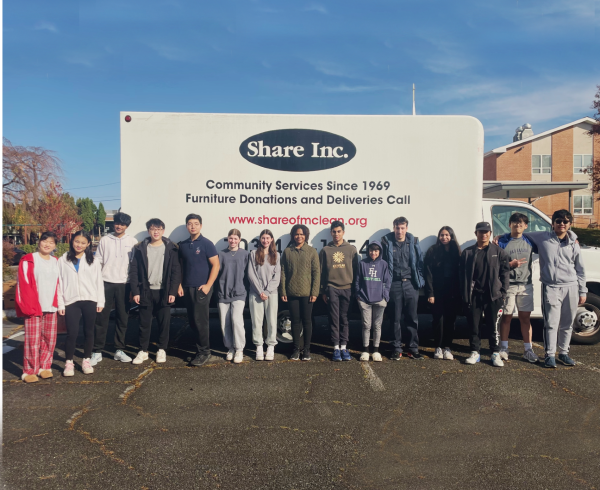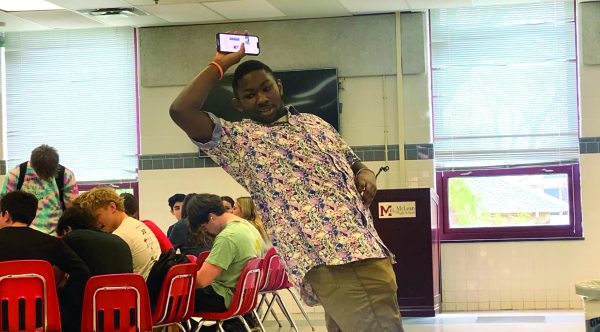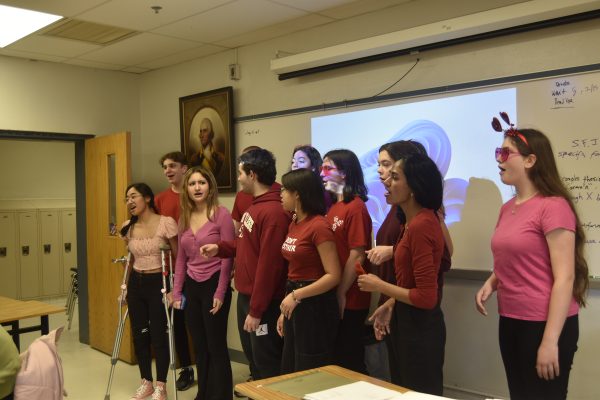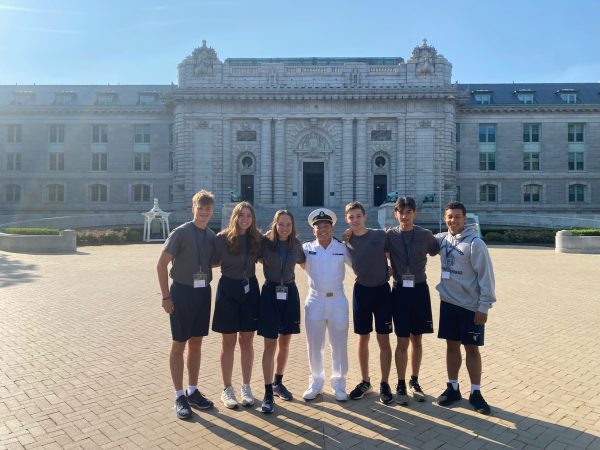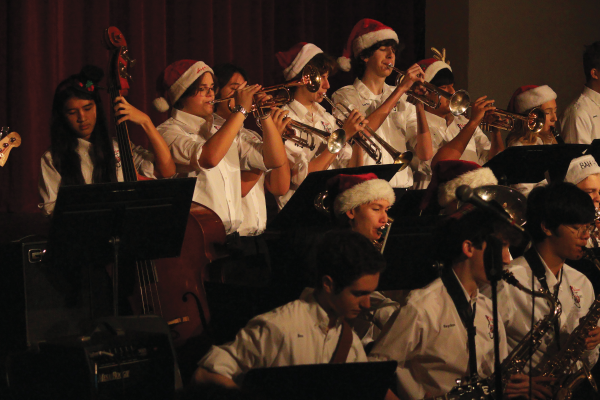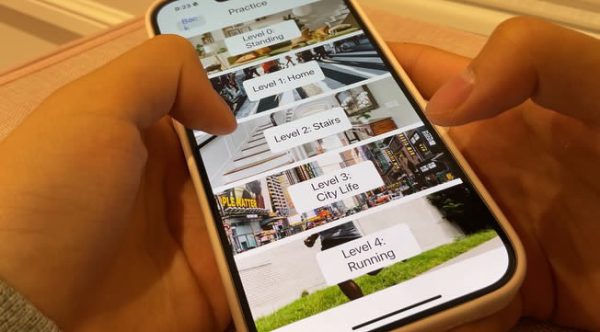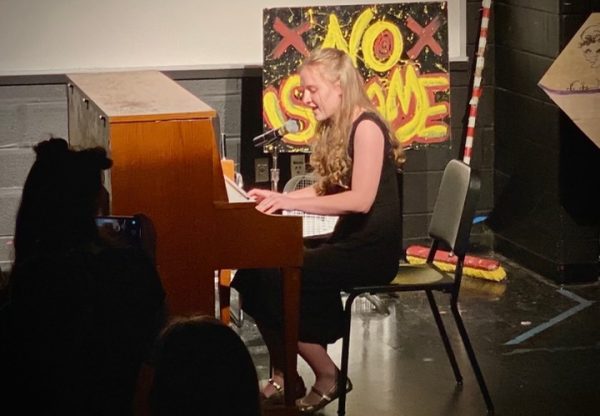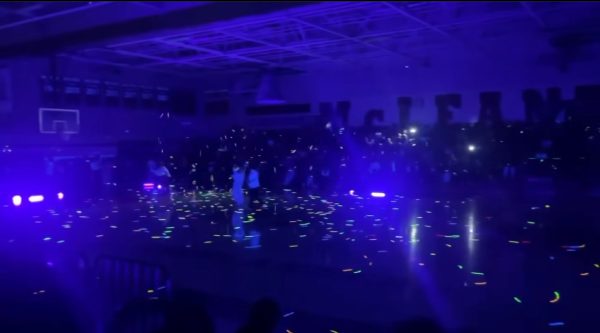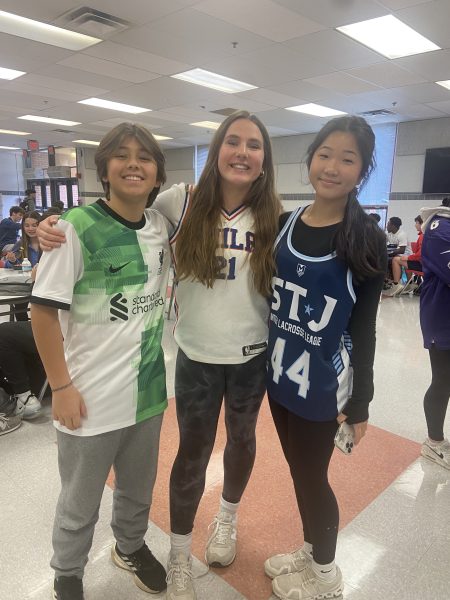Hoonjeong Hwang Chung publishes a book
The mother of sophomore class president Andy Chung self-publishes a museum guide book
Hoonjeong Chung poses with her book, Museum Guide for Temporary Washingtonians.
February 5, 2020
Q: What inspired you to write a book?
A: “I used to work for a long time as a professional in Korea. After moving to the states, I had to quit my work. As I have been a museum lover, this area seemed to be a perfect place to satisfy my curiosity. In addition, I hope to do something meaningful which people could share with.”
Q: Do you plan to write more books in the future?
A: “I plan to write a new edition for temporary Washingtonians. Topics are going to be related to historic but lesser known places scattered in the DMV area.”
Q: What is the hardest part of writing a book?
A: “The most difficult part of writing a book was that I had to spend quite a long time on confirming facts. I often encounter two opposite facts. I needed to check which one was true.”
Q: Did you have any past experience with writing in college or elsewhere?
A: “Actually, my major in college was dentistry. However, I have been into reading books since I was a little girl. I sometimes submit articles to newspapers and magazines. This book is the first publication of mine.”
Q: How did you get the book published?
A: “To be honest, it was challenging for a newcomer like me to write and publish a book written in English. Fortunately, I have friends who advised me and helped me how to start the work. I like to visit offline book stores. I happened to get the news that politics and prose has some packages for self publishers like me. I believed it would be perfect if I could if I could publish a book through ‘Politics and Prose’, which was a cultural spot in D.C.”
Q: What was your favorite part of writing the book?
A: “Writing a book is probably a solitary journey of mine. I tried to ask me some questions and find some answers while I was doing this project. In hindsight, I found myself a bit matured through candid conversation inside my mind.”
Q: What lasting impact did you hope to impart on the readers?
A: “As a temporary Washingtonian, I started writing. I’d like to say that anyone can do what he or she really crave for. I hope that what I’ve seen and felt for the last four years in this beautiful city merits sharing with others who are in search of the treasures of Washington. You should not give up.”
Q: What was your favorite music to visit and why?
A: “It’s a hard question to select my favorite one. But National Portrait Gallery is the first one which hits my mind. Generally, when it comes to famous paintings, we tend to remember the artists who painted them. Van Gogh and Picasso are the examples. But all the figures in the portrait gallery are regarded heroes and heroines in U.S. history. So I get similar feelings they are adored like movie superheroes.”
Q: Did you gain any inspiration from any particular writer who writes similar books?
A: “I am proud of my guidebook, which represents tips and impressions from an open minded and first person perspective. It is beautiful as well as convenient in size and format. I tried to introduce different itineraries depending on the visitor’s special situation. I created fictional stories in order to give vivid storytelling’s. Personally, I like Bill Bryson’s style. I read some books about traveling in Europe [by him].”
Q: What is your background with museums?
A: “I have no experience or degree in museums. I used to be a dentist. I moved to the states four years ago. When I feel lonely, I go to museums. They treat me as true friends. At last, I got relieved and felt happiness in front of fabulous exhibitions.”
Q: Was it an overall good experience to write a book?
A: “[Yes], I was mesmerized by the passion and efforts of volunteers whom I met during my visits to museums. I happened to make real friends with a volunteer in the Folger Shakespeare Library. Last, but not least, I realized a museum is not a relic of the past, it is rather a place for the future.”



